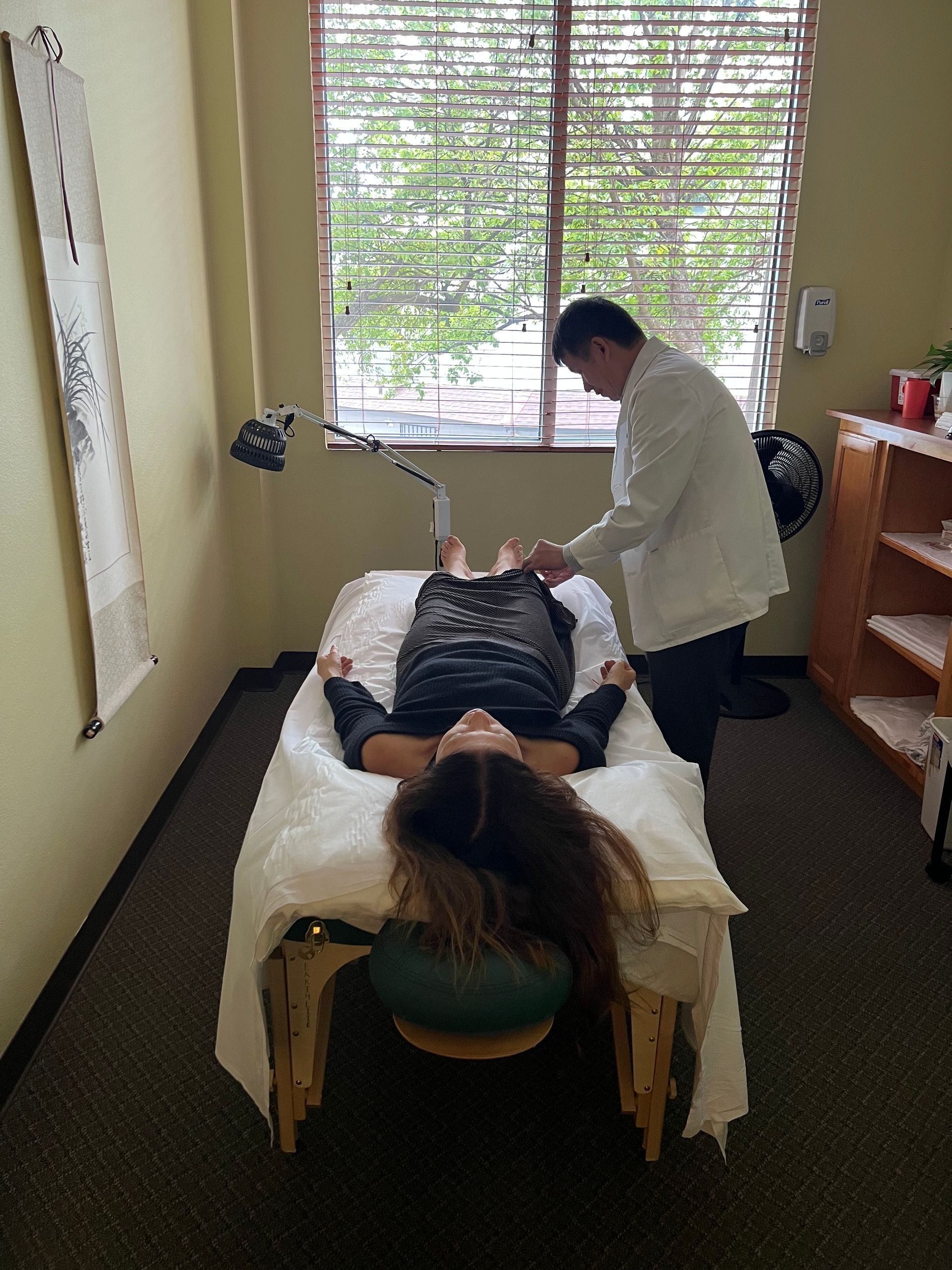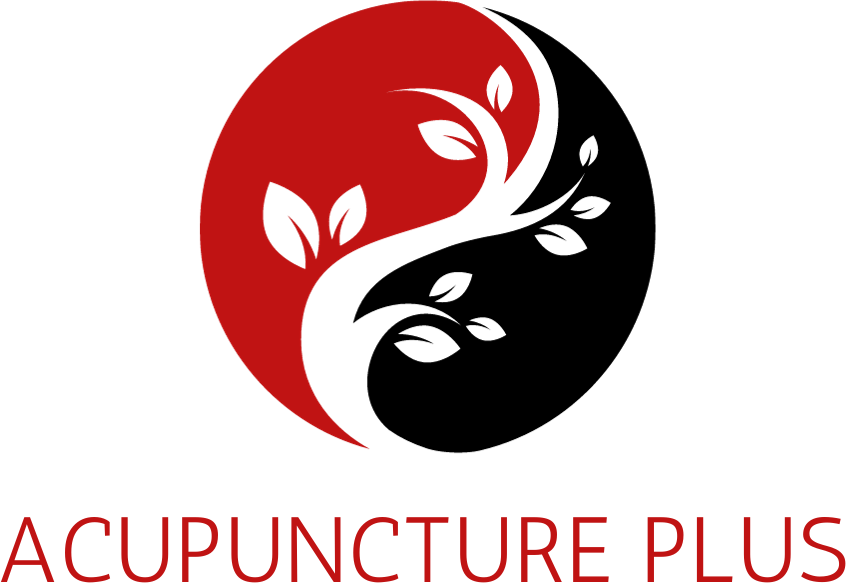Austin Traditional Chinese Medicine (TCM) -
Ancient Healing For Modern Times

At its core, Traditional Chinese Medicine views the body as a complex system where physical, mental, and spiritual elements are intricately connected.
Unlike Western medicine, which often targets specific symptoms or diseases, TCM addresses the person as a whole. This holistic approach emphasizes the harmonious balance of Qi, the vital life energy that flows through the body whereby principles, good health is a result of the unobstructed flow and balance of Qi.
When Qi is disrupted, it can lead to various ailments. TCM therapies such as acupuncture, herbal medicine, and Tai Chi are designed to restore this balance, ultimately promoting the body's natural healing processes.
Traditional Chinese Medicine incorporates the concept of Yin and Yang, which represent opposite yet interconnected forces within the body. Yin symbolizes qualities such as coolness, rest, and internal processes, while Yang represents heat, activity, and external functions. Health is maintained when Yin and Yang are in harmonious balance. TCM practitioners diagnose and treat illnesses by assessing the state of Yin and Yang in the body. For instance, if there is an excess of Yang energy, it might manifest as symptoms like inflammation or restlessness. TCM therapies aim to restore the equilibrium between Yin and Yang, allowing the body to function optimally. In essence, TCM offers a holistic understanding of the body and its interconnectedness with nature, providing valuable insights into achieving and maintaining overall well-being.
Core Principles of Traditional Chinese Medicine
Here are the foundational tenets of Traditional Chinese Medicine (TCM).
Qi (Vital Energy)
Central to TCM philosophy is the
concept of Qi, the vital life energy that flows through the body via meridians or pathways. Qi is the force behind all bodily functions, maintaining life and promoting vitality. When Qi is abundant and flows smoothly, it signifies good health. TCM practices aim to balance and harmonize Qi, ensuring its unobstructed flow to promote overall well-being.
Yin and Yang (Balance and Harmony)
Yin and Yang represent the dualistic nature of the universe, embodying opposite but interdependent qualities. Yin is associated with qualities like stillness, darkness, and cold, while Yang embodies activity, light, and heat. Body health is maintained when Yin and Yang are in perfect balance, and TCM treatments work to identify and correct these imbalances, aiming to restore equilibrium between Yin and Yang.
The Five Elements (Wood, Fire, Earth, Metal, Water)
The Five Elements represent different phases and their relationships within the natural world. Each element corresponds to specific organs, tissues, and body functions. Wood represents growth and flexibility, Fire symbolizes transformation and energy, Earth signifies stability and nourishment, Metal embodies strength and clarity, and Water represents fluidity and adaptability. Health is believed to be maintained when these elements are in balance.
How TCM Complements Western Medicine
TCM excels in addressing chronic conditions, pain management, and enhancing overall well-being. When integrated, it can provide patients with a more comprehensive range of therapeutic options. For instance, acupuncture can effectively alleviate chronic pain and manage conditions such as migraines and arthritis. Herbal remedies from TCM are often used to enhance the immune system and mitigate side effects of treatments like chemotherapy. By addressing the root causes of sickness and promoting the body’s natural healing processes, TCM complements the symptomatic approach of Western medicine, creating a more holistic and personalized patient experience.
Traditional Chinese Medicine and modern, western medicine are both important in achieving optimal health. By using both modern diagnostics and treatments and the ancient, natural healing of herbs and acupuncture, healthcare can truly become patient-focused, holistic, and ultimately more effective in promoting overall health and well-being.
Diagnostic Methods in TCM
Traditional Chinese Medicine Practitioners utilize four diagnostic methods to assess patients: Inspection, Listening & Smelling, Inquiring, and Palpation.
Acupuncture in TCM
Acupuncture, a cornerstone of Traditional Chinese Medicine (TCM), is a therapeutic practice that involves inserting thin, sterile needles into specific points on the body. These acupuncture points are located along meridians, channels through which Qi, the vital life energy, flows. The careful stimulation of these points serves to unblock the flow of Qi, restoring balance and harmony within the body.
Each acupuncture point is associated with specific organs and bodily functions. By targeting these points, acupuncturists aim to correct imbalances, promote natural healing, and alleviate various health conditions. The meridians, akin to energy highways, facilitate the smooth circulation of Qi, ensuring the body's systems function optimally.
The benefits of acupuncture are wide-ranging. It's renowned for its ability to reduce
chronic pain,
manage stress and anxiety, enhance the immune system, and improve overall well-being. Acupuncture is often utilized to address conditions such as
migraines,
back pain, arthritis, insomnia, and even
fertility issues. This ancient practice not only offers relief but also embodies the holistic essence of TCM, treating not just symptoms but the underlying imbalances, providing a holistic approach to healing that has stood the test of time.
Health Conditions Treated with Traditional Chinese Medicine
Here are some health conditions managed with TCM, including:
- Pain management
- Digestive disorders
- Respiratory conditions
- Women's health issues
- Mental health and stress
- Allergies and immune system support
In each of these areas, TCM adopts a holistic perspective, focusing not just on symptom relief but on addressing the underlying imbalances within the body. By harmonizing Qi, balancing Yin and Yang, and promoting overall vitality, TCM offers a comprehensive and natural approach to health and healing.
